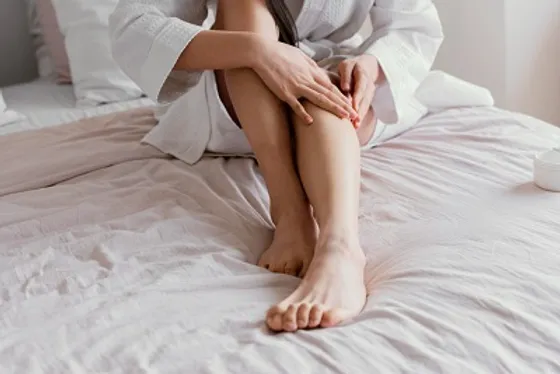Varicose veins are a common medical condition that affects many people in the United States. These enlarged, twisted veins can cause discomfort, pain, and aesthetic concerns. Fortunately, several treatment options are available to address varicose veins effectively. This article will explore various medical equipment and techniques used to treat varicose veins in the USA.
Understanding Varicose Veins
Before delving into treatment options, it is essential to have a basic understanding of varicose veins.
Causes and Symptoms
Varicose veins occur when the valves within the veins fail to function correctly. This causes blood to pool and veins to swell. This condition primarily affects the legs and can be a cosmetic and medical concern.
Common symptoms of varicose veins include:
– Visible blue or purple veins
– Swelling
– Aching
– Heavy sensation in the legs.
In severe cases, individuals may experience skin changes, ulcers, or bleeding.
Prevalence and Risk Factors
Varicose veins are a widespread condition, affecting mainly women and older people. Certain risk factors can increase the likelihood of developing varicose veins, including:
– Age
– Gender (women are more prone)
– Pregnancy
– Family history
– Occupations that involve long periods of standing or sitting
Varicose veins are treated using various approaches, from non-invasive to surgical methods. Each option aims to ease symptoms and enhance the appearance of the affected area. If you’re looking for a varicose veins clinic in Peoria, there are many reputable medical professionals who can provide guidance on the best treatment plan for your specific needs.
Non-Invasive Treatment Options
For mild cases of varicose veins, non-invasive treatment options are the initial approach. These methods aim to relieve symptoms and improve blood circulation without surgery.
Compression Stockings
Compression stockings apply pressure to the legs, helping to improve blood flow and reduce swelling. They can provide relief from symptoms such as pain and heaviness.
Lifestyle Changes
Making certain lifestyle modifications can also help manage varicose veins. These include:
– Maintaining a healthy weight
– Avoiding prolonged periods of standing or sitting
– Elevating the legs when resting
– Wearing loose-fitting clothing
Minimally Invasive Treatment Options
When non-invasive treatments are not sufficient, doctors may recommend minimally invasive procedures. These procedures are performed under local anesthesia and involve specialized medical equipment.
Sclerotherapy
Sclerotherapy is a popular and effective minimally invasive treatment for varicose veins. It involves injecting a solution into the affected vein. The solution collapses the vein and eventually fades away. Sclerotherapy is often used for smaller varicose veins and spider veins.
Endovenous Laser Treatment (EVLT)
EVLT is a procedure that utilizes laser energy to seal off and close the affected vein. A laser fiber is inserted into the vein, and the laser heat causes the vein to collapse. The body eventually reabsorbs the vein. EVLT is typically used for larger varicose veins.
Radiofrequency Ablation (RFA)
RFA involves using radiofrequency energy delivered through a catheter to heat and seal the affected vein. RFA effectively closes off the vein and redirects blood flow to healthier veins.
Surgical Treatment Options
In more severe cases, surgical intervention may be necessary. Doctors also recommend surgery when other treatment methods have not provided satisfactory results.
Vein Stripping
Vein stripping is a surgical procedure where the affected vein is removed through small incisions. This procedure is typically used for large varicose veins causing significant complications.
Ambulatory Phlebectomy
Ambulatory Phlebectomy is a minimally invasive surgical technique to remove superficial varicose veins. Tiny incisions are made along the path of the vein. Then the vein is carefully removed using specialized tools. This procedure is usually performed on an outpatient basis.
Endoscopic Vein Surgery
Endoscopic Vein Surgery is a minimally invasive surgical option for more complex cases of varicose veins. It involves using an endoscope, a thin tube with a camera. The endoscope enables the surgeon to visualize the veins from within. Then the surgeon performs targeted interventions to remove or close off the affected veins.
Choosing the Right Treatment Option
The choice of varicose veins treatment depends on various factors, including:
– The severity of the condition
– The patient’s medical history
– The patient’s preferences.
It is crucial to consult with a vein doctor to determine the most suitable treatment option for you.
Conclusion
Varicose veins are a common condition that can cause discomfort and affect one’s quality of life. Fortunately, there are many treatment options available in the USA. They range from non-invasive methods to minimally invasive procedures. In more severe cases, surgical interventions may be necessary. Consult a doctor to determine the most appropriate treatment approach for you.


